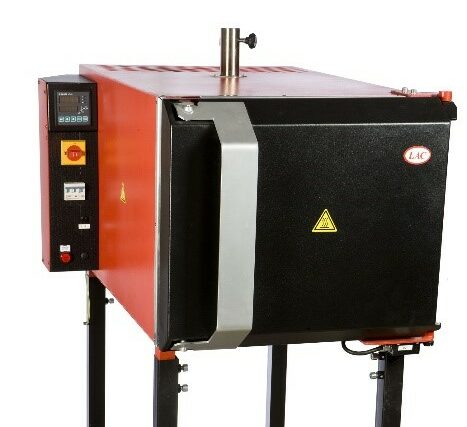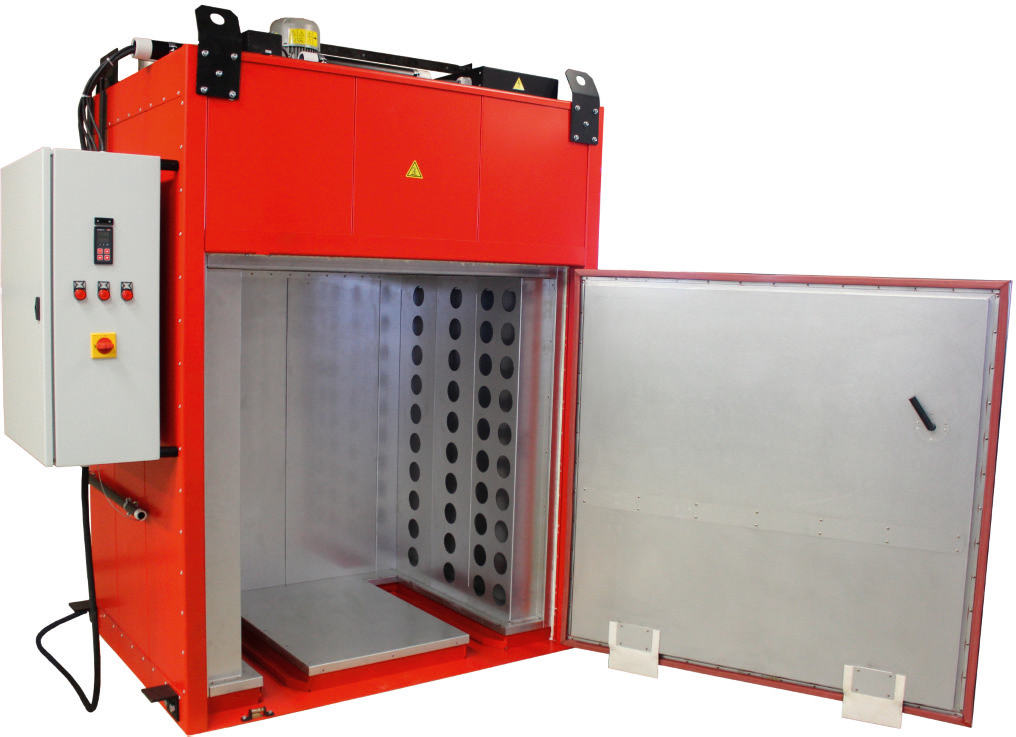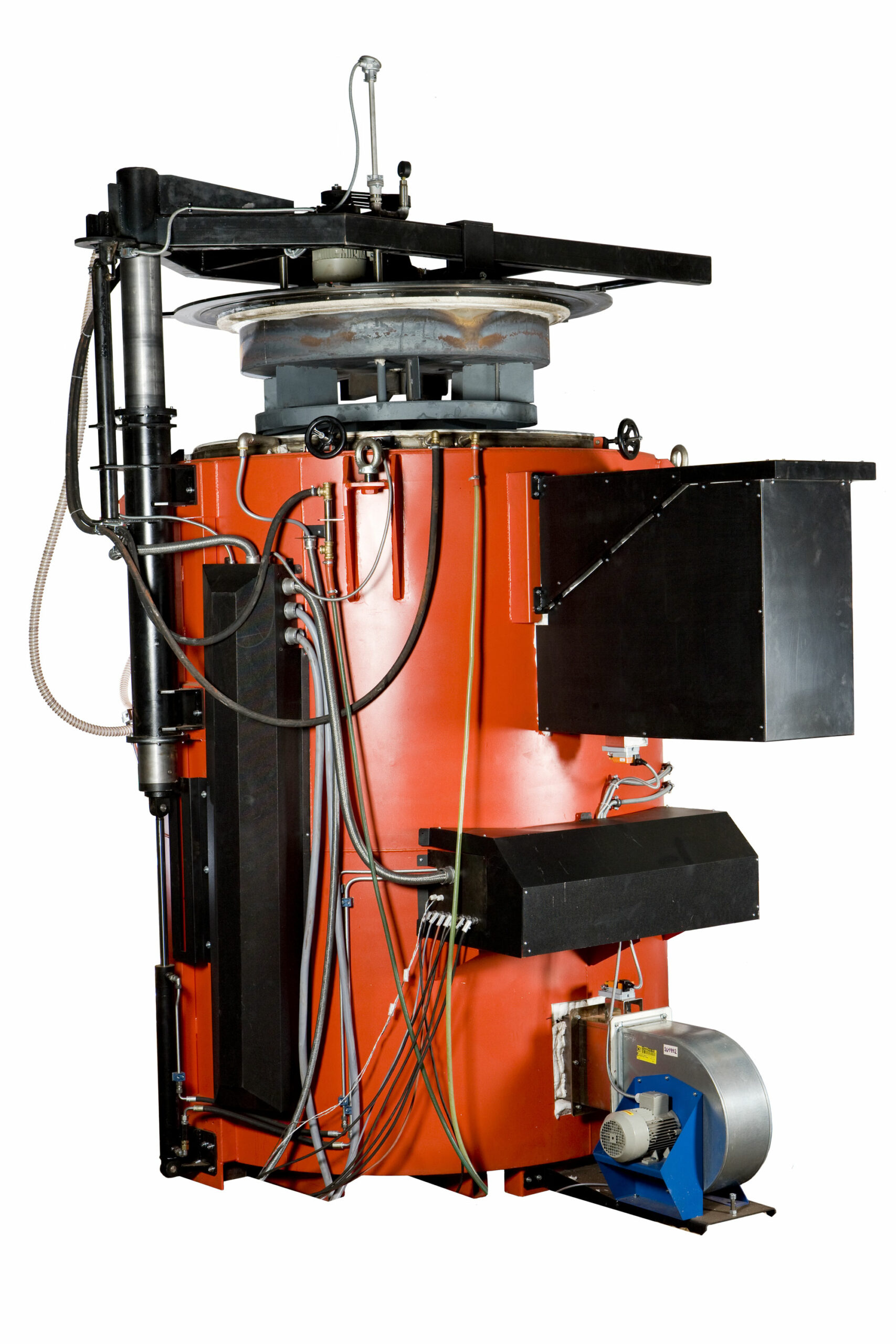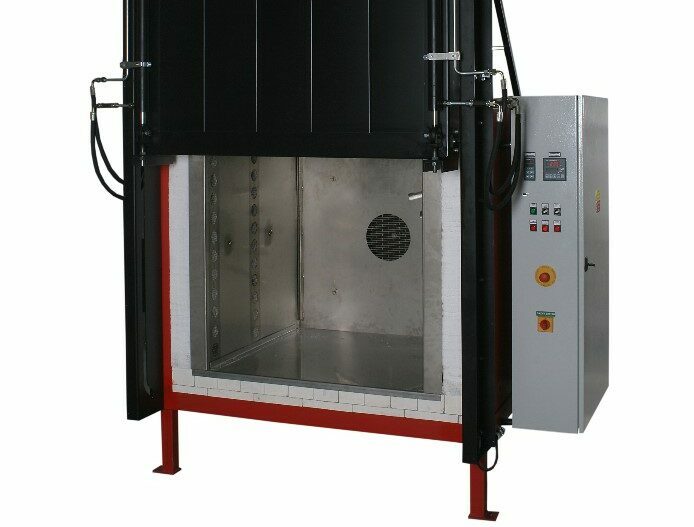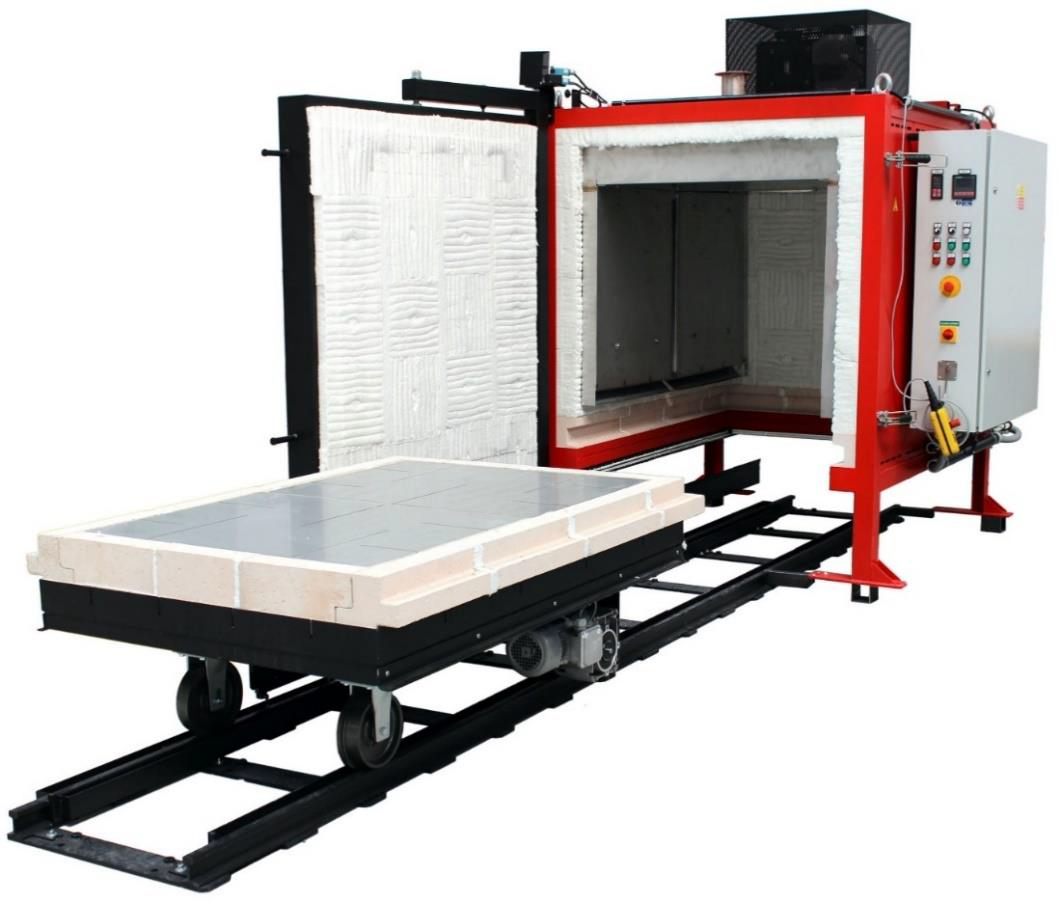Tempering – Optimal Material Properties Through Precise Heat Treatment
Tempering is an essential process in the heat treatment of metals, especially hardened steel. After hardening, workpieces are very hard but also brittle. Tempering reduces this brittleness and improves toughness without significantly compromising hardness. The workpiece is heated to a defined temperature (usually between 150 °C and 650 °C) and then cooled in a controlled manner. The temperature and duration of tempering determine the final material properties. Lower tempering temperatures maintain hardness, while higher temperatures enhance toughness. Typical applications are found in mechanical and tool engineering, where an optimal balance of hardness and toughness is required. Tempering plays a key role in extending component service life.
What is Tempering?
Tempering is a heat treatment process in which hardened steel is heated to a temperature between 150 °C and 650 °C, held for a certain period, and then cooled in a controlled manner. The goal is to reduce brittleness caused by hardening and to increase the material’s toughness without entirely losing its hardness. During tempering, internal stresses are relieved, and the usability of the material is improved. Depending on temperature and time, different combinations of hardness and toughness can be achieved. Tempering is particularly important in toolmaking and mechanical engineering.
Typical Applications of Tempering:
- Tools: Wrenches, drill bits, or cutting tools are tempered to combine fracture resistance and wear resistance.
- Machine components: Gears, shafts, and springs are tempered to ensure load capacity and long-term durability.
- Automotive parts: Crankshafts, drive shafts, and suspension components are tempered after hardening to withstand impacts and fluctuating loads.
- Aerospace: Highly stressed fasteners or landing gear components are tempered to improve safety and longevity.
Explore our industrial tempering furnaces, specially designed for uniform heat distribution and precise temperature control.
Differences Between Tempering and Other Heat Treatment Processes
Tempering differs from other heat treatment methods such as hardening or annealing in its purpose and temperature range. In tempering, hardened steel is heated in a targeted way to reduce brittleness and increase toughness without greatly reducing hardness. In contrast, hardening aims to increase hardness through rapid quenching, while annealing relieves stress and homogenizes the structure. Tempering occurs at lower temperatures than annealing and mainly alters internal stresses and fine-tunes material properties.
Find the right furnace for each heat treatment process with our Furnace Finder.
Tempering Stages: Temperature Ranges and Effects
- First stage (150–200 °C): Slight stress relief, hardness remains mostly intact – ideal for cutting tools or surgical instruments.
- Middle stages (300–450 °C): Improved toughness, moderate reduction in hardness – optimal for gears or springs.
- High stages (500–650 °C): Maximum toughness, complete stress relief – suitable for highly stressed machine parts.
The higher the tempering temperature, the more the hardness decreases, while fracture resistance and ductility improve. The choice of temperature depends on the desired material properties.
Our industrial tempering furnaces provide the perfect solution for every stage.
How Does Tempering Affect Hardness and Toughness?
Tempering slightly reduces the hardness of a hardened workpiece but significantly increases its toughness. Heating relieves internal stresses and transforms the brittle microstructure into a finer, more uniform one. At lower temperatures, hardness remains largely unchanged, while higher temperatures reduce it more but improve fracture resistance. Tempering allows targeted adjustment of material properties to meet specific operational demands. Hardness and toughness are always in a certain trade-off relationship.
A Simple Practical Example:
Toolmaking – Wrench:
A hardened wrench would be extremely hard without tempering but also very brittle. It could break even under light impact.
Tempering reduces this brittleness and makes the wrench much tougher. As a result, it can withstand high forces without cracking or breaking. At the same time, it retains enough hardness so that the edges don’t wear out.
Without proper tempering, the wrench would be either too brittle or too soft for demanding workshop use.
Buy a Tempering Furnace – With Arnold Schröder to the Ideal Industrial Furnace
Our modern tempering furnaces are specially designed to meet industrial requirements:
- Precise temperature control
- Homogeneous heat distribution
- Energy-efficient operation
Use our Furnace Finder to find the right tempering furnace for your application, or contact us directly for personalized furnace advice!
Tempering, a reheating of the hardened and quenched steel to temperatures between 150 and 350° C (depending on the steel grade), reduces internal stresses and the brittleness caused by hardening, as well as increasing toughness. A special form of tempering is quenching and tempering – here, suitable steels (quenched and tempered steels) are tempered to significantly higher temperatures (500-570° C) after hardening. This produces a fine-grained material structure with very high strength values.
In addition, there are other heat treatment options for steel, but these tend to be carried out less frequently in our furnaces or are usually “subtypes” of annealing, such as (brazing) soldering, preheating before welding, shrinking, but also drying, etc.
In a second step, known as tempering, the hardness can be reduced and the desired properties (hardness, tensile strength and toughness) of the steel can be adjusted. Depending on the alloy content and the desired properties, the steel is heated again. The desired hardness is achieved. The higher the tempering temperature, the lower the hardness. On the other hand, the toughness increases.
Tempering is carried out at temperatures ranging from 100 to 350 °C, depending on the alloying element and carbon content, and up to 600 °C for high-alloy steels. Some higher alloyed steels (e.g. material 1.2379 with 12 % chromium content) have a rather complicated tempering behavior, namely they reach a higher hardness at the third tempering at approx. 500 °C than the first time (secondary hardness maximum). In the case of powder metallurgically produced (PM) steels, however, the service hardness is set via the starting temperature during quenching; tempering takes place at uniform temperatures.


 Deutsch
Deutsch